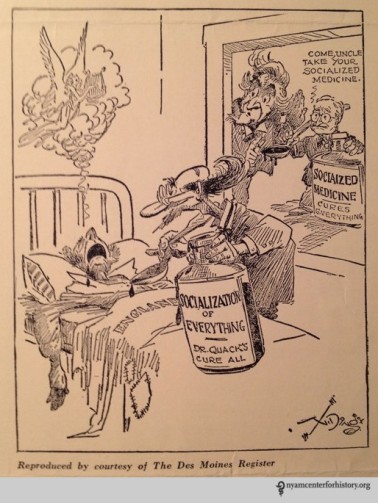By Emily Miranker, Events & Projects Manager
One of the initiatives I oversee here is our wonderful online Library Shop. It features public domain images from our collection on various products. It’s a way for you to take a piece of the library home. Are these two hundred, four hundred, six hundred-year-old images edited? No.
Mostly no.
We keep our images unedited to preserve their historic integrity. The little warps in the vellum, the darkening on the edges of pages from centuries of fingers turning them, little spots of ink or stains from years of use are all part of the life story of each book.
That said, here’s the “mostly” part.
Many of the images used on the shop come from very old books. Books of any age usually don’t lie flat, and certainly not really old ones with big, beautiful bindings. To scan images, our books lie in a cradle; each side propped up by a wedge. This means an image in the initial scan is often at a slight angle. You don’t see it square on.
Cockeyed images aren’t the most visually pleasing, moreover the images sit true on the book pages themselves. Therefor some of our images are rotated after scanning to correct for the angle introduced by that cradle in the scan bed, as in the example below.

 A real treat came for me when I got to work with this glorious image from the Italian naturalist Ulisse Aldrovandi (1522-1605). This is a phoenix from Monstrorum Historia, a volume in a set of encyclopedic works on animals. In Monstrorum, Aldrovandi documented and illustrated anomalous creatures both observed and imagined. The phoenix is a mythological bird that cyclically regenerates or is reborn from the flames and ashes of its previous self.
A real treat came for me when I got to work with this glorious image from the Italian naturalist Ulisse Aldrovandi (1522-1605). This is a phoenix from Monstrorum Historia, a volume in a set of encyclopedic works on animals. In Monstrorum, Aldrovandi documented and illustrated anomalous creatures both observed and imagined. The phoenix is a mythological bird that cyclically regenerates or is reborn from the flames and ashes of its previous self.
For the special occasion of the Academy’s 2017 Gala, I was going to edit the background from this image to show just the bird itself. Far more elaborate image editing than I typically get to do. (Part of this was actually done with an editing tool called the “Magic Wand” which struck me as very fitting.) I edited out most of the background and zoomed in to tidy up the image. I started to notice these strips of “fuzz” all over.

Zooming in even closer –around 200% magnification– I realized, “These aren’t fuzzy strips; I’m seeing the impression of the text from the page behind this!” The text from page underneath the phoenix page wasn’t removed with the layer of background (that tan parchment color), so it was now more starkly visible. The quality of the 17th century printing was so high and the scan was so powerful that not only had the page with the phoenix itself been captured, but the words from the page beneath as well. Not an official palimpsest (a piece of writing material with traces of previous or even removed writing still visible); but a delightful discovery in my scanned image.





